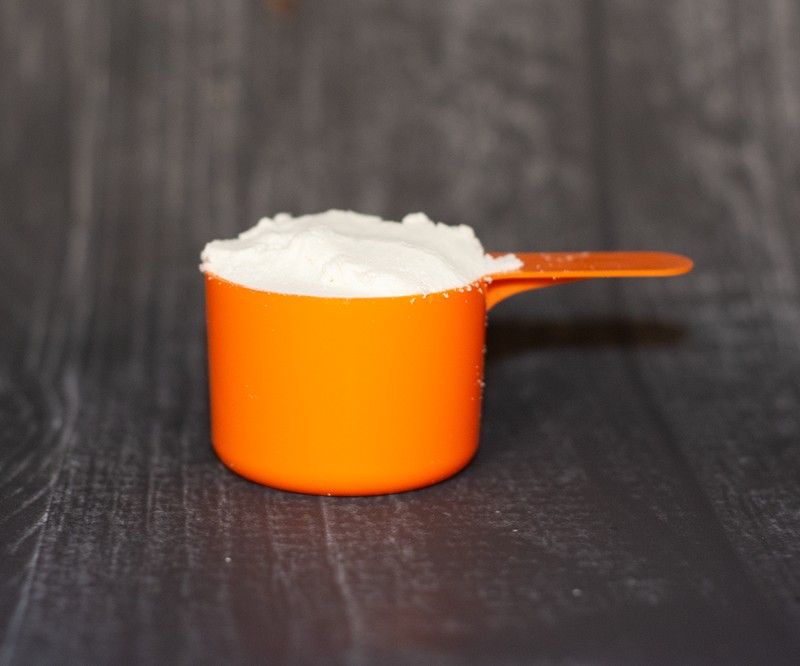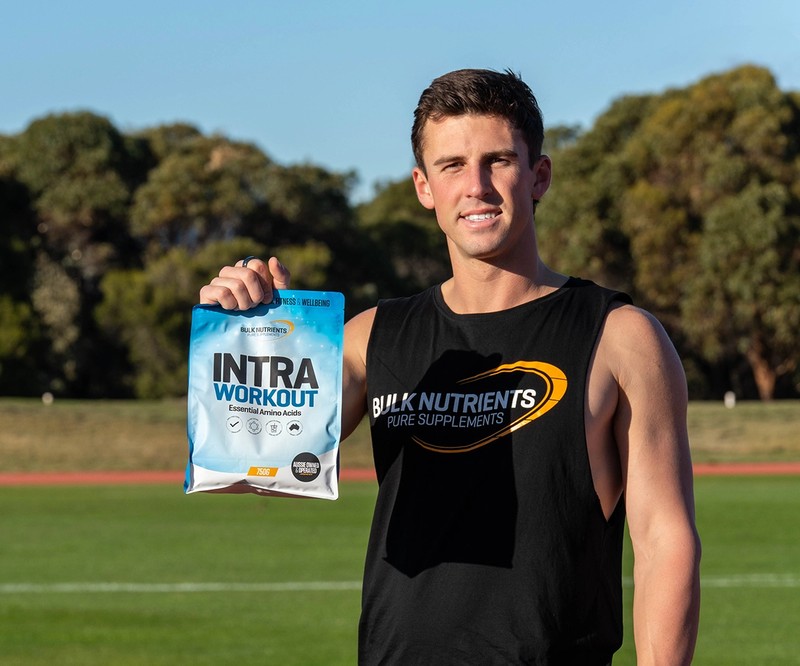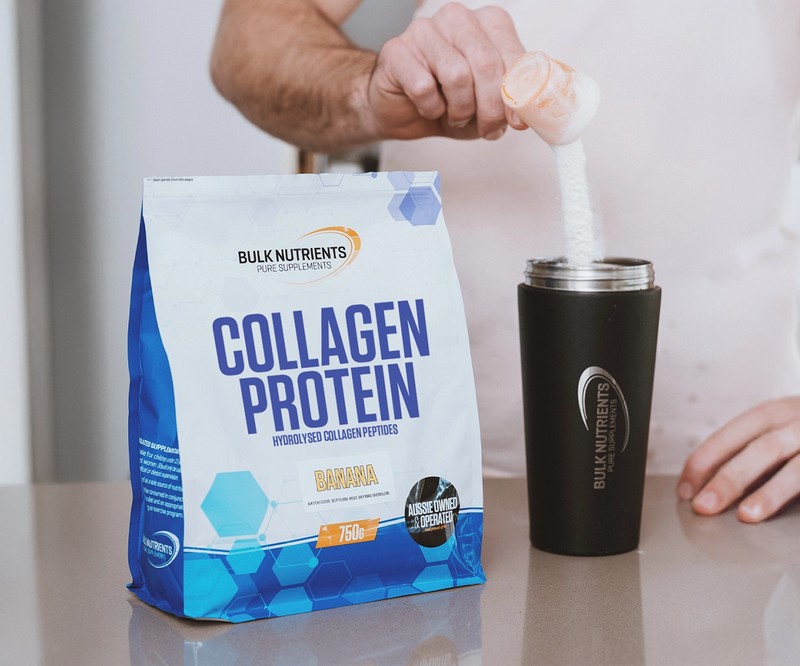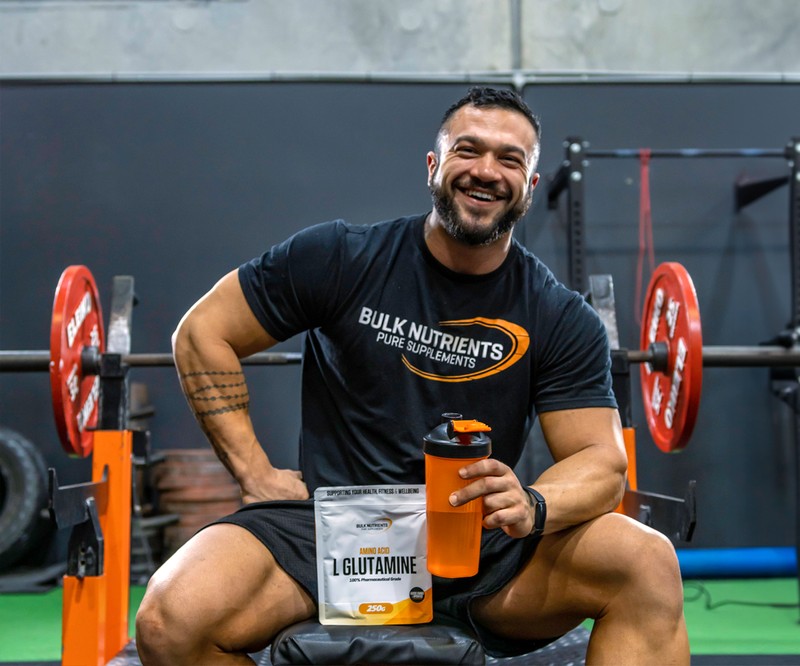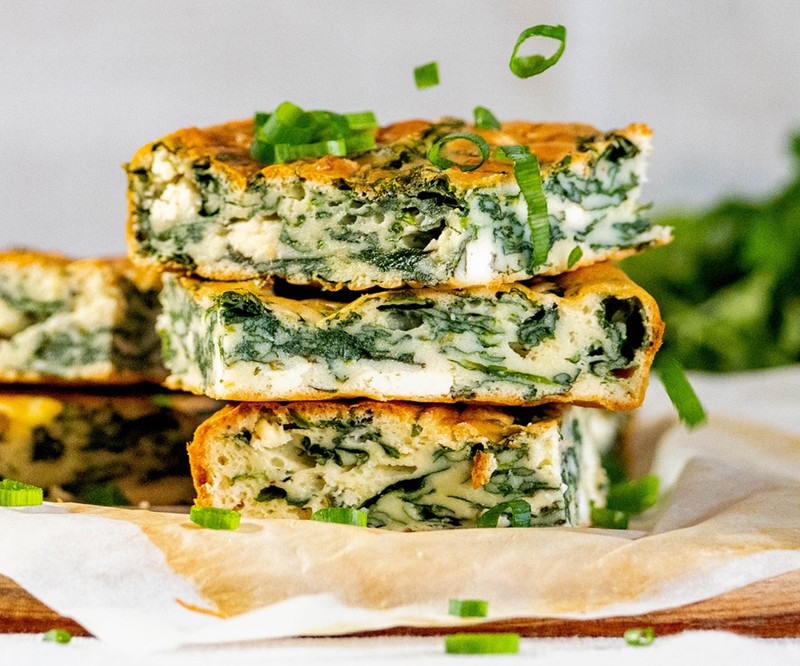How to Train Effectively in 30 Minutes

The FITT Principle
Reading that heading, the majority of readers have probably just had a throwback to high school PDHPE classes. The principle is a simple way of addressing progressive overload, that is, slowly increasing the training load as your body adapts, to facilitate continual improvement. The principle is an acronym for the following:
- F – Frequency, how often you perform the exercise.
- I – Intensity, usually measured by the percentage of maximum heart rate or percentage of one repetition maximum (% 1RM), intensity is essentially how much you need to exert yourself to perform the exercise.
- T – Time, how long you perform the exercise for.
- T – Type, the type of stimulus (exercise) you’re undertaking.
What many of us do when we set a program is simply manipulate these variables. Even if you weren’t aware of the FITT principle when you started training, you've likely manipulated at least one of the variables in an effort to continue improving. It's actually something that develops quite organically on most people’s fitness journey as experience teaches us that “if you do what you’ve always done, you’ll get what you’ve always got.” For cardio, progressive overload typically increases the duration (Time) of the exercise. Whereas for resistance exercise, it's typical to increase the weight, reps or sets (Intensity) to chase those gains.
Eventually, we reach plateaus and begin looking at alternative strategies to progressively overload, like training an extra day (Frequency) or adding/alternating exercises (Type).
The FITT principle is to train what IIFYM is to diet, in that a logical approach is required and there are of course a few restraints. Let’s assume the same intensity and type of exercise is completed and consider only manipulation of frequency and time. As an example, the two programs presented in Table 1 are unlikely to deliver the same results, despite the fact that on paper both programs complete the same total amount of work.
| Program 1 | Program 2 | |
|---|---|---|
| Frequency | 1 day | 5 days |
| Intensity | Moderate | Moderate |
| Time | 7.5hours | 1.5hours/day |
| Type | Resistance + Cardio | Resistance + Cardio |
However, the two programs presented in Table 2 are very basic examples of manipulating the FITT principle to deliver similar results on either a 4 or 6 day program.
| Program 1 | Program 2 | |
|---|---|---|
| Frequency | 6 days | 4 days |
| Intensity | Moderate | Moderate |
| Time | 40min/day | 1hours/day |
| Type | Resistance + Cardio | Resistance + Cardio |
While there are other intricacies that come into play in terms of the programs delivering exactly the same results, exercise volume is more critical than exercise frequency, with a recent review concluding the following:
“In conclusion, there is strong evidence that resistance training frequency does not significantly or meaningfully impact muscle hypertrophy when volume is equated. Thus, for a given training volume, individuals can choose a weekly frequency per muscle group based on personal preference.”
A little reverse-engineering of the FITT principle allows us some insights into how to plan out our program.

Frequency and time of your training
How many weekly sessions can you count on completing in your program? 3 days a week? 5 days a week? Can you do a 6-day program, with a longer session on 1 or 2 of those days? If your sessions are going to be time-restricted, how can you manipulate the FITT principle to offset those time restrictions? Frequency and time are the two variables that are controlled outside of the gym because they’re based on external factors (work, commitments, accessibility etc.) so if both are highly restricted, you may need to assess your goals with that in mind.
That is not to discourage anyone planning on training 3 x times/week for 30 min per session, particularly if the goal is a general improvement of fitness. However, a program based around those limitations is not suitable for an aspiring bodybuilder, who will simply need to perform more than 90 minutes of work each week to build their goal physique.
For the purpose of this blog, let’s assume you can train 30 minutes each day of the working week and need your weekends free because, well, it’s the weekend. You’ve defined the Frequency and Time, and now you have only two variables to manipulate to get out of your program the results that you want.

The intensity level of cardio training
This isn’t the time for a brisk walk. If you’ve only got half an hour to complete both cardio and weight training each day, it’s time to think about how you can up the intensity. If you have a real love of steady-state cardio, you might split your routine up so that you do 3 days of weight training and 2 days of cardio. However, the most efficient way to get your cardio in and still leave time for weights is High-Intensity Interval Training (HIIT). HIIT is essentially short bursts of maximum-intensity exercise (High-Intensity Intervals) dispersed between low-intensity recovery periods. While that description might make it sound easy, I can promise you it's not.
When I started writing this article my original thoughts were that 3 days of short duration (<10min) Tabata-style (note Tabata “style” and not actual Tabata protocol) would be the most efficient way to exercise those heart muscles. However, there is a strong amount of scientific literature that points to a much easier alternative. A recent review concluded that:
“Importantly, however, even at low volumes, HIIT was shown to be better than no exercise and superior to more time-consuming moderate-intensity continuous training for improving cardiorespiratory fitness.”
An important consideration of this result was that it took into account multiple populations, including overweight, clinical and healthy adults. In reality, that means the results apply to people at all levels of fitness and appear to suggest we can trade in our typical cardio (aka. hardio) for a more efficient HIIT protocol.
But how much more efficient is it really?
This study indicated that a HIIT protocol as short as 1 x 23-minute session per week (12 x 1-minute bouts at 90% MHR interspersed with 11 x 1-minute bouts at 70% MHR) was comparable to 90 minutes per week moderate-intensity continuous training (3 x 30-minute bouts at 60% MHR).
So, what’s the catch?
Reviewing the data confirmed that low-volume HIIT wasn’t effective in improving body composition in comparison to high-volume HIIT and moderate-intensity continuous exercise. This really isn’t a huge let-down though, as resistance training and diet will be the key to maintaining your goal body composition.

The intensity level of resistance training
When I talk intensity with weight training, I’m not talking about the intensity of your gaze reflecting back from the mirror as you curl or trying to pull off Dwayne Johnson’s “smoulder” as your gym crush walks by.
I’m talking weights, reps and sets.
The time constraints actually work against you in this case, as you really need to complete a few warmup sets before you get to your target working weight.
This is a good time to assess goals. If you only have 30min/day to train, training for a 1RM lift is going to either pull all the focus of your well-rounded program into completing just one exercise, or you’ll try and speed things up by skipping warm-up sets and completing sets with bad technique just to get it done.
All of these things lead to injuries that stall or reverse progress.
Your focus should be a combination of strength/hypertrophy, with a moderate rep range (8-12) and as much weight as you can correctly handle at that rep range. While there is plenty of evidence to support both high and low loads producing the same level of hypertrophy, only high loads produce significant strength increases. Realistically you want to be aiming for both in your programming.
The key will be to complete 3-4 sets with very short breaks in between to reap the benefits of strength and hypertrophy whilst being efficient. No time to text between sets here. Short breaks will also keep your heart rate up (awesome, free cardio!).
Another way to approach this is taking a page out of the CrossFit book and completing an AMRAP (As Many Reps as Possible) with a chosen exercise over a set time. For example, give yourself 10 minutes to squat and in that 10-minutes, complete as many repetitions as you can. No set breaks, no set rep scheme, just working as hard as you can to get as many reps done before the clock runs out. Don’t be fooled, there’s nothing easy about this approach!
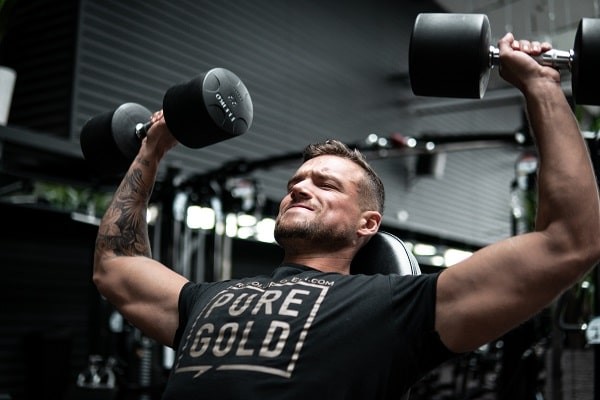
Type of exercise
A combination of both HIIT and resistance exercise is going to be your most efficient approach to improving your fitness and building a physique in a restricted timeframe. To get the most out of a program like this, you need to approach every session like you are going to war with your body. Ready to double down and push yourself harder when your brain is telling you “Bugger this!”.
And because you’re on a tight schedule, there’s not a lot of room here for isolation exercises. If you really want to be efficient, the best way to do that is with big compound exercises that recruit multiple large muscle groups in one movement. The upside here is that compound movements are the foundation of strength and physique, the bad news is you’re not just going to be aiming for a killer bicep pump with forty-five variants of curls.
Squats, Deadlifts, Benchpress, Chin-ups, Rows, Overhead press.
The choice of HIIT is up to you, but the fixed bike is a fan favourite. Personally, I like to do my HIIT as sets of sprints (running) and maintain a jog in between.

Time management
In the search for efficiency, it is valuable to apply some more advanced training techniques. Setting out your program in the form of a circuit or combining groups of exercises in supersets will allow you to keep pushing through your program by minimizing downtime.
You might want to split your program up into 3 days of resistance exercise and 2 days of HIIT, or a 4/1 split. Really this comes down to personal preference and the ability to develop and stick to a balanced program.
If you have dedicated cardio days though, you might even consider taking a class at your gym, with some of the spin and boxing classes being a more enjoyable form of cardio, because you can share your pain with a room full of people!
Pro-tip: Stretch at your desk before you leave for the gym, it saves time for when you actually start training!
References:
- Chin, E. C., Yu, A. P., Lai, C. W., Fong, D. Y., Chan, D. K., Wong, S. H., Sun, F., Ngai, H. H., Yun, P. S. H. and Siu, P. M. (2020) Low-Frequency HIIT Improves Body Composition and Aerobic Capacity in Overweight Men. Medicine and Science in Sports and Exercise, 52(1), 56-66.
- Figueiredo, C. V., de Salles, B. F. and Trajano, G. S. (2018) Volume for Muscle Hypertrophy and Health Outcomes: The Most Effective Variable in Resistance Training. Sports Medicine, 48, 499–505.
- Schoenfeld, B. J., Grgic, J., Ogborn, D. and Kreiger, J. W. (2017) Strength and Hypertrophy Adaptations Between Low- Vs. High-Load Resistance Training: A Systematic Review and Meta-Analysis. Journal of Strength and Conditioning Research, 31(12), 3508-3523.
- Sultana, R. N., Sabag, A., Keating, S. E. and Johnson, N. A. (2019) The Effect of Low‑Volume High‑Intensity Interval Training on Body Composition and Cardiorespiratory Fitness: A Systematic Review and Meta‑Analysis. Sports Medicine, 49, 1687-1721.







